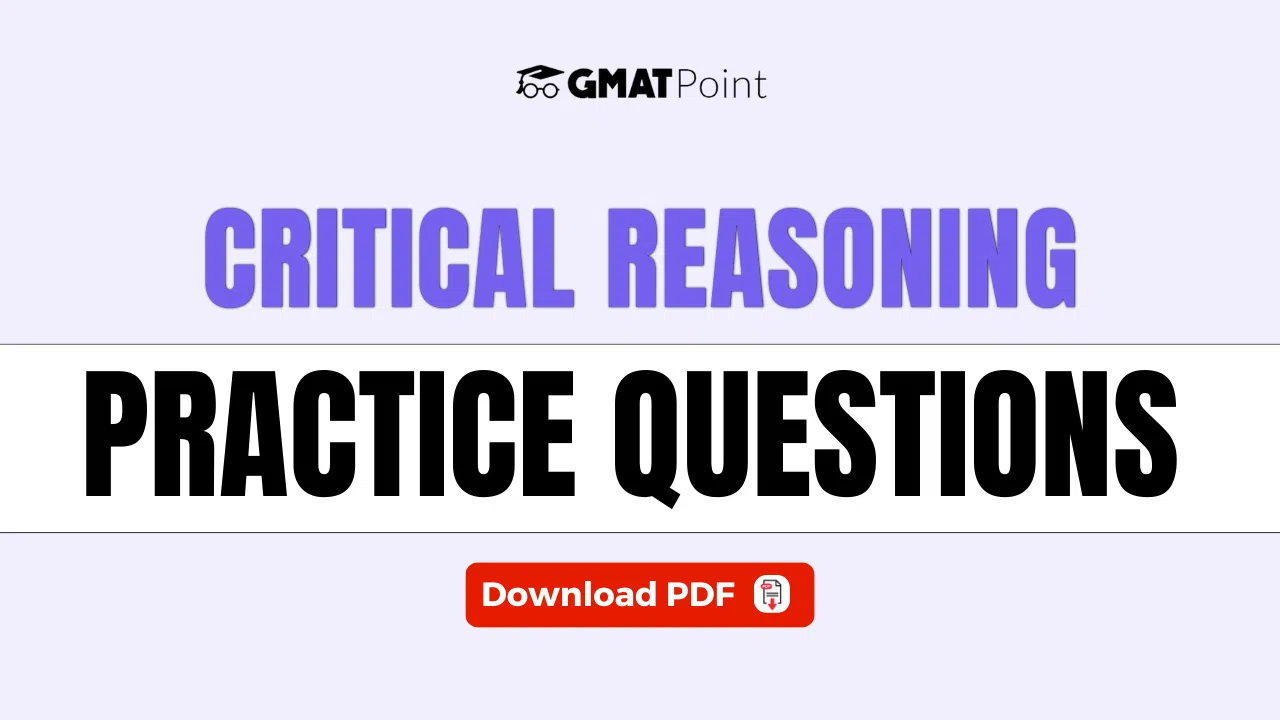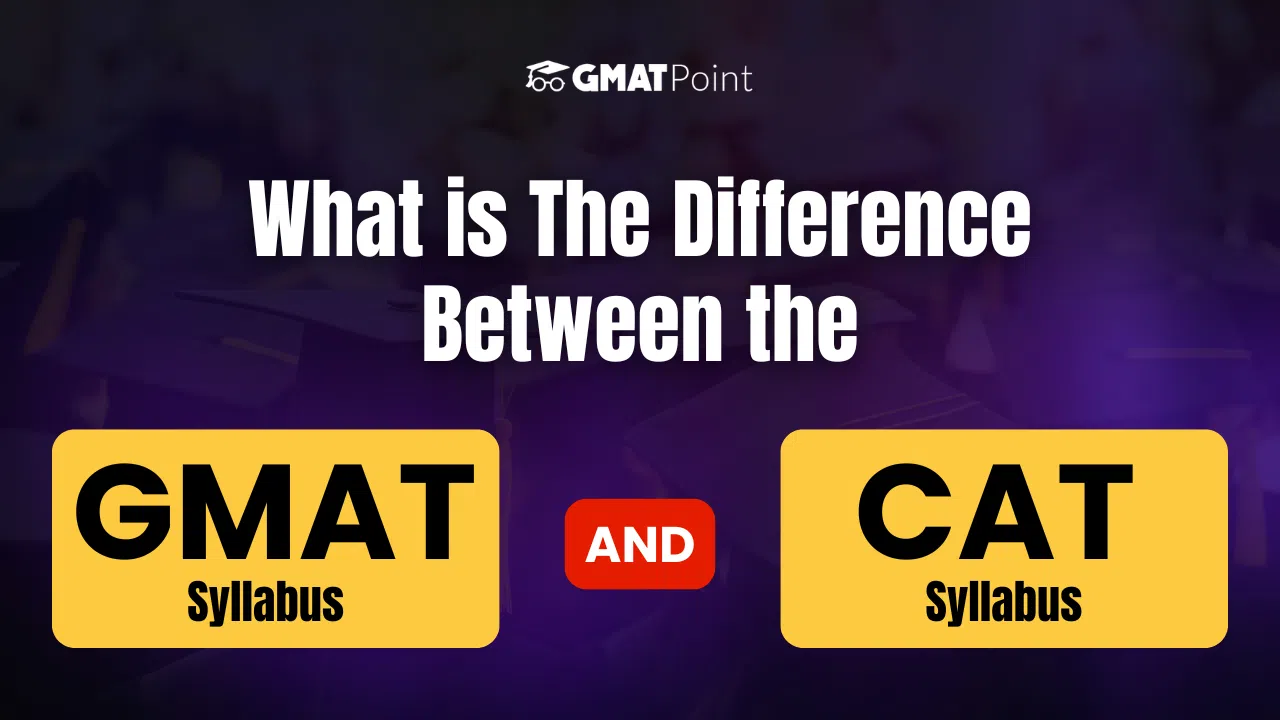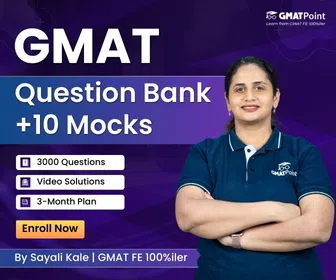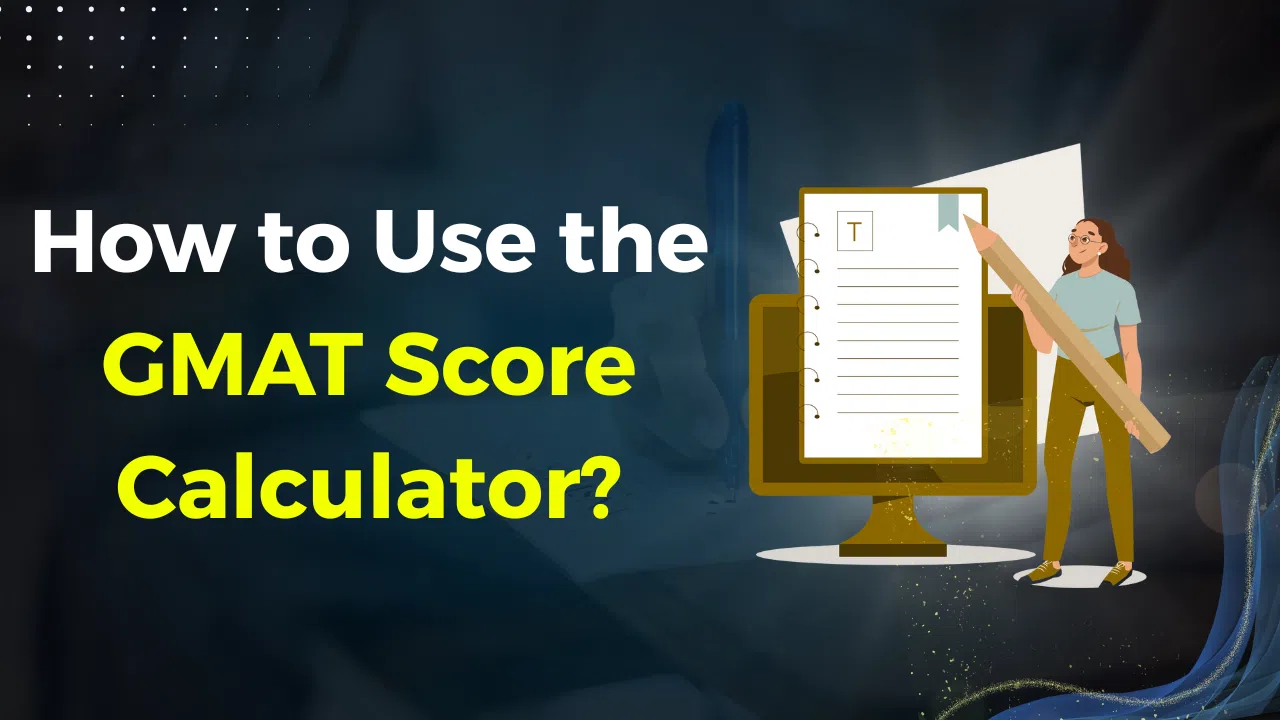GMAT Reading Comprehension 2026
The GMAT reading comprehension is an important part of the verbal reasoning section of the exam. This section may seem easier than the others, but still, students end up scoring poorly in this due to a lack of practice. It surely asks easier questions, but those are tricky and confusing as well. In this article, a complete overview has been provided for candidates to follow through and prepare.
GMAT Reading Comprehension Section Overview 2026
The Reading Comprehension of the GMAT exam is a very important part of the verbal reasoning section. It tests the ability of candidates to understand, analyse, etc. You can try a GMAT mock test to understand the types of questions in the GMAT exam.
Structure:
The GMAT reading comprehension is part of the verbal reasoning section that consists of 8 to 10 questions and 3 to 4 reading passages. It asks questions based on the following topics: Business and management, social science, natural science, and humanities etc.
Types of Question:
Here are the types of questions that are usually asked in reading comprehension.
For example: questions based on the main idea, detail questions, inference questions, structure of the passage, etc.
Skills required:
The GMAT reading comprehension checks critical reading, analytical thinking, and attention to detail and the candidate's time management ability, instead of just subject knowledge.
Strategy:
To be really able to solve the confusing reading comprehension, use a good strategy. The GMAT reading comprehension is confusing, hence candidates make mistakes such as reading too fast but missing the key points or adding outside knowledge instead of just focusing on the passage, etc. To avoid all this, use the solving and preparation methods given in this article.
Read More: GMAT Focus Edition 2026, Exam Pattern, Syllabus, Study Plan
Types of GMAT Reading Comprehension Passages
There are four main GMAT reading comprehension topics that repeat as the year goes on:
Business and Economics passage:
These are very common in GMAT reading comprehension. It focuses on cause and effect relationships. It also shows how evidence supports the conclusions.
Social science passage:
The social science passages are to cover topics in psychology/ sociology, etc. it is to explain human behaviour. One thing that is important while solving many questions is to avoid personal opinion on the passage.
Natural science:
It is the fact-dense type of passage as it includes subjects like biology, physics, chemistry and environmental science, etc. The main aim is to identify the main conclusion of the research and make decisions related to the experiment's status. It focuses on a question that has a big picture.
Humanities and Arts:
This type of question is to focus on literature, philosophy, art and history. It usually questions the understanding of tone, style and abstract reasoning rather than factual recall.
Read More: GMAT Previous Year Question Papers, Section-Wise PDFs
Different Types of GMAT Reading Comprehension Questions
GMAT is very creative with the questions that it asks its candidates; hence, there will be a lot of different types of questions. Some of the most common question types are as follows:
Inference questions:
The hardest type of question is because it requires you to make logical conclusions by reading the passage, as the answer is not directly stated anywhere. It basically asks what is implied by the passage.
Tone and attitude of questions:
These types of questions test if the candidate has the ability to understand the author’s emotional tone towards the subject. Look out for words like however, nevertheless, etc, because it bring contrast.
Logical reasoning:
This type of question is given to test the candidate's ability to evaluate arguments, analyse evidence, etc., to improve this, look for the conclusion and supporting premises in the argument.
Fact-based:
This type of question is asked to test candidates' ability to locate and understand any specific information from the passage. It is fact-based, so it will be specific questions.
Read More: GMAT Critical Reasoning Practice Questions, Download PDF
How to Solve GMAT Reading Comprehension Questions?
The following method can be used to solve GMAT reading comprehension, especially for beginners:
Understand the main aim of the RC question:
GMAT never asks direct questions. It always tests the candidates on the basis of comprehension, analysis and their reasoning. Hence, understand what the question is asking before answering the question.
Types of questions:
There are various types of questions that the GMAT can ask about the passage. Refer to as many passages as required to solve different types of questions for preparation. GMAT usually asks questions revolving around the main idea or concept of the passage, the detailed question, the tone of the passage, the structure of the passage, etc.
Focus on structure:
You must be able to identify how the passage has been written and what the content in it is, or what it says. Every passage is divided into three main sections: introduction, middle and conclusion. Knowing the structure will help in solving answers fast.
Time management:
Be aware of the timing, as it is the most crucial. The total time allocated to the verbal section is probably 45 minutes, so according to that, the time that the candidate should give a passage is 6-8 minutes.
Practice
Practice reading comprehension from GMAT sources, as it is more original. Practice regularly will help you to avoid silly mistakes and will sharpen your speed and accuracy.
Read More: GMAT Syllabus 2025, Exam Pattern, Section-Wise Syllabus PDF
How to Prepare for GMAT Reading Comprehension?
While preparing for the GMAT exam, a lot of candidates have doubts about how to solve reading comprehension effectively to secure maximum marks in it. To put it simply, a method to solve reading comprehension is given below:
Understand the GMAT reading comprehension test:
Reading comprehension is not given to test a candidate's memory or subject knowledge; it is to check the understanding of the candidates. So, understand what the author is trying to convey by looking at different reading comprehension passages.
Read every day:
It may sound boring and for some people it is, but it is very important that candidates must read every day to brush up their reading skills, and their ability to identify what the main idea of the article or story is. Read newspapers.
Learn question types:
The various types of questions asked in the GMAT reading comprehension are given above. However, candidates come across the following types of questions in general: what the passage is about? What is implied? What does the passage have to say about the topic?, etc.
Take notes:
Make notes or write down on the side of the passage about what it says in one line. It will help in revision without having to reread everything.
Build speed:
First, you must focus on understanding, then move on to speed and timing. This way, you can solve faster with accuracy. Read the passage in 3-4 minutes and spend 1-2 minutes on each question that follows.
Check your mistakes:
After solving each reading comprehension set, analyse the set. Check for your mistakes and improve them. It will help you notice your strengths and weaknesses on different topics.
Stay calm:
While giving the GMAT reading comprehension, try to stay calm. The passages are usually long or confusing, so don’t panic if you can’t get it in one go.
GMAT Reading Comprehension: Conclusion
The GMAT Reading Comprehension 2026 section is more than just reading and answering it’s about understanding the logic and intent behind every passage. Candidates who succeed in this section are those who develop active reading habits, analyze arguments critically, and manage their time efficiently. Regular practice using GMAT questions will help you get familiar with the tone, style, and structure of passages asked in the exam.
To excel in the GMAT Reading Comprehension, focus on improving comprehension speed, recognizing author viewpoints, and answering based on logical inference rather than guesswork. Building consistency through daily reading, revising mistakes, and simulating test-like conditions can significantly enhance accuracy. With the right preparation and mindset, achieving a high score in the GMAT verbal section becomes absolutely attainable.















